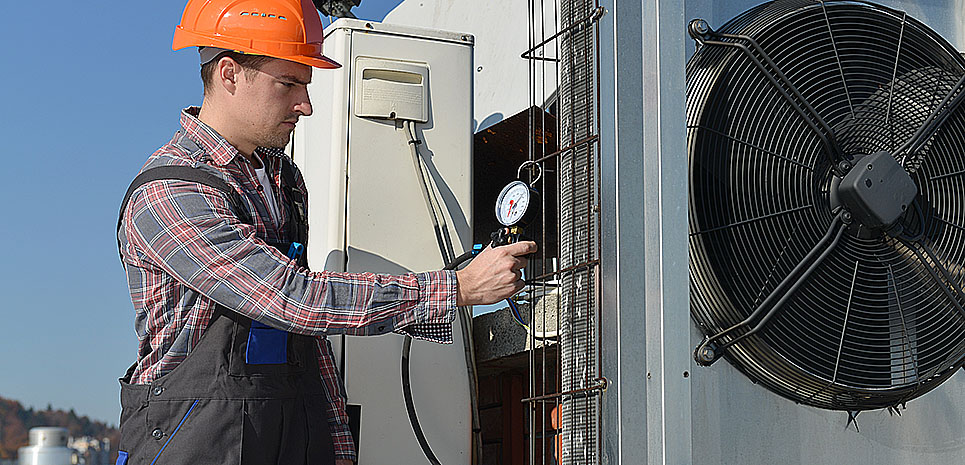
Winters are all upon us and it is here in the full swing. You might want to get heat pump repair because wearing warm clothes alone would not combat the cold. Hence most people look for a heating system.
Due to their high performance, low operating noise, long lifespans, and compatibility, furnaces remain the most common option for home heating. When building a new furnace, there are several considerations to take into account. Make sure you read about the various types of furnaces before you pick a new furnace for your house.
3 Types of Furnaces for Domestic Use
When we talk about domestic furnaces we categorize them into 3 main types according to the medium they are fueled. For instance:
Gas Furnace
The natural gas furnace, which utilizes gas piped in from the municipal line, is the most common form of the furnace in homes today. To produce the hot combustion gas that increases the air temperature, gas jets ignite along with a burner, which fans then flow through the ducts. Gas furnaces are successful in providing even heating and do not cost more to work relative to other types of fuel due to the competitive price of gas.
Wood-Burning Furnaces
A feasible alternative for heating homes in areas where fuelwood is accessible and inexpensive is wood-burning furnaces. In a firebox, wood is burnt and the heat is distributed in the same way as in oil and gas furnaces by ductwork.
Wood burning furnaces must be manually fed and the fire must be tended, which ensures that if you wish the house to be heated when you are absent for a prolonged time, these are inconvenient. Therefore, wood furnaces are often part of a hybrid furnace in which an oil or gas burner acts as a means of backup heat.
Oil Furnace
You will need to fill your furnace with oil if you have no access to natural gas. Most widely found in cold conditions, oil furnaces turn the oil to heat. Bear in mind that it is almost always more effective for gas furnaces than for oil furnaces.
Oil furnaces tend to be less costly than gas furnaces, with a life cycle of 30 years, but oil (often imported) is more costly than gas and costs may be unpredictable. Oil furnaces need a storage tank on-site. In terms of maintenance, oil-fired furnaces produce soot and carbon deposits on the surfaces of the heat exchanger that need frequent removal to maintain efficiency.
Electric Furnace
You can count on an electric-powered furnace instead if you do not have a natural gas line running into your home. To provide the heat that passes to the air, these systems use electric heating elements. Usually, electric furnaces are affordable to buy upfront and are lighter than most furnaces, making them easy to fit into most rooms.
Due to the no chance of gas leakage and no real fire present in the furnace, electric furnaces are considered safer than gas and oil alternatives. Electric furnaces tend to be much less powerful, like oil furnaces, but they can be the right option in certain cases.
Conclusion
Considering the pros and cons of different types of furnaces, heat pumps are now in demand. Even though not a furnace, heat pumps operate on electricity and will heat and cool your house. To boost convenience and efficiency, many people want to use a heat pump in combination with a furnace.
However, you could be just comfortable with no furnace and only a heat pump in places with mild winters. If you are confused between installing a furnace or a heat pump, go with the heat pump. And if you have one already that just needs repairing, there are a number of Heat Pump Repair Services McLean available.

